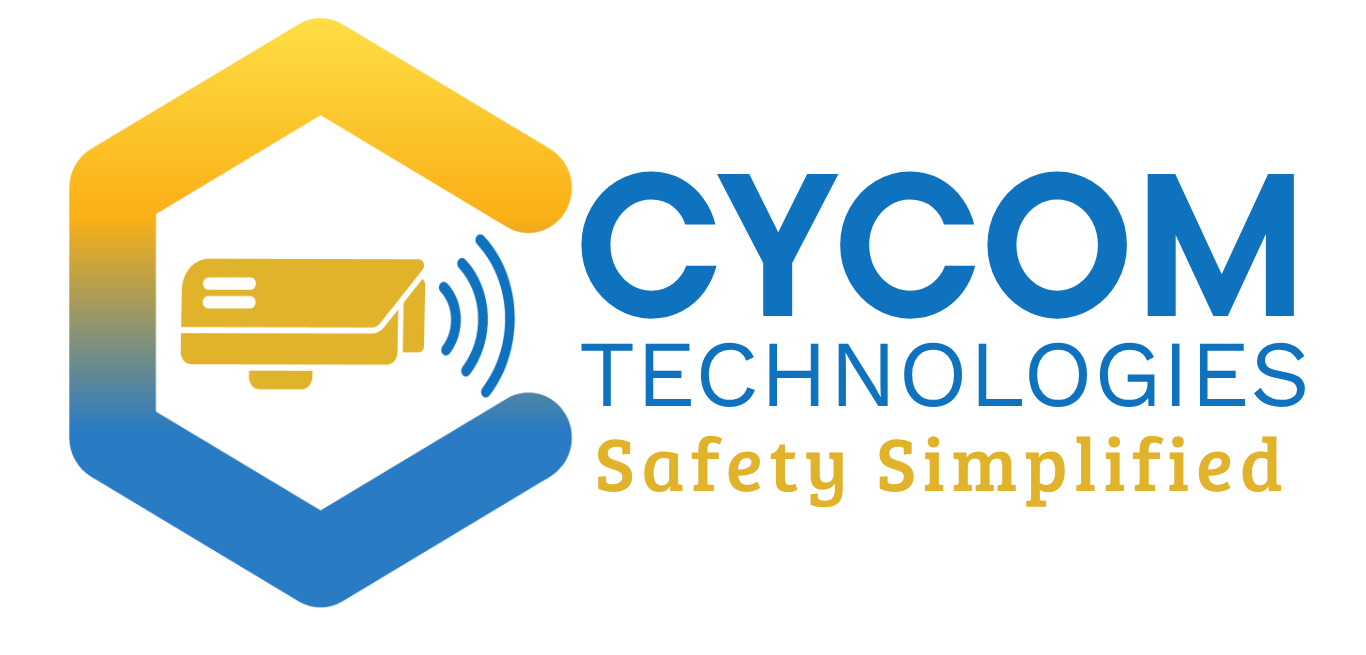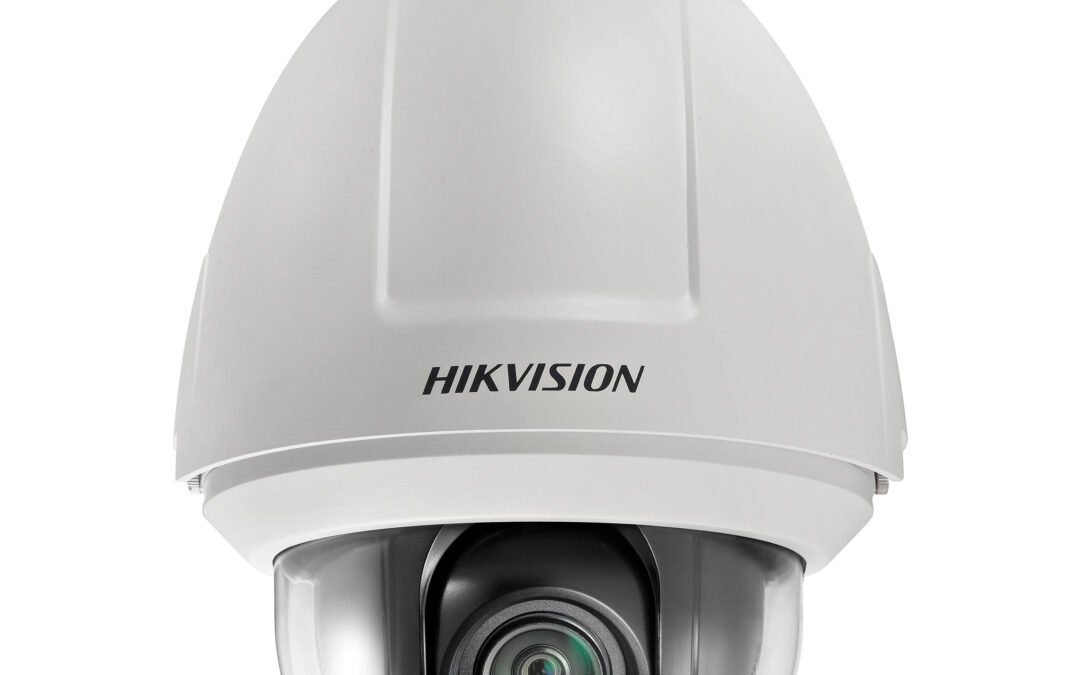PTZ CCTV cameras are advanced surveillance tools known for their versatility and superior capabilities compared to fixed-position cameras. These cameras can pan horizontally and vertically, offering a wide field of view without physical repositioning, making them ideal for continuous monitoring of large spaces like outside car parks or large warehouses and buildings.
Some advanced PTZ cameras are equipped with intelligent features, such as facial recognition and automatic tracking of objects. This means they can not only pan, tilt, and zoom, but they can also identify and follow specific individuals or objects within their field of view. It’s like having a robotic assistant in your surveillance system that can autonomously focus on interesting or potentially suspicious activities.
In this article, we will discover what sets them apart from normal CCTV cameras and leave you with everything you need to know about PTZ Cameras.
Features & Functionality
Choosing between a Pan-Tilt-Zoom camera and a normal CCTV camera depends on your specific surveillance needs. Here are some reasons why you might opt for a PTZ camera over a traditional CCTV camera:
Versatility: PTZ cameras offer pan, tilt, and zoom functionalities, providing a wider range of coverage compared to fixed-position CCTV cameras. This versatility allows you to monitor different areas without the need for multiple cameras.
Wide Area Coverage: These cameras are particularly useful for monitoring large and open spaces, such as parking lots, stadiums, or expansive outdoor areas, where a fixed CCTV camera might have limitations.
Zoom Capabilities: The optical zoom feature allows you to magnify details without sacrificing image quality. This is crucial for identifying faces, capturing licence plate details, or monitoring specific points of interest over long distances.
Remote Operation: They can be operated remotely, enabling real-time adjustments by security personnel without the need for physical presence at the camera’s location. This can be useful for tracking moving objects or adjusting the focus on specific areas of interest.
Reduced Camera Count: In certain scenarios, a single PTZ camera can replace the need for multiple fixed cameras. This can be more cost-effective in terms of equipment and installation costs.
Motion Tracking: Some PTZ cameras come with auto-tracking features, allowing them to follow and focus on moving objects or individuals within their field of view. This is beneficial for dynamic surveillance situations.
Dynamic Surveillance: They provide dynamic surveillance capabilities, making them suitable for scenarios where the monitoring requirements change frequently.
Integration with Larger Systems: They can be integrated into larger surveillance systems, working with fixed cameras to provide comprehensive coverage and detailed monitoring.
However, it’s important to note that PTZ cameras also have some limitations, such as a higher cost, mechanical complexity, and potential issues with lag during movement. The choice between a PTZ camera and a normal CCTV camera should be based on an assessment of your specific surveillance requirements and the features that align with your security goals.
Ultimately, the decision to use PTZ cameras depends on the specific surveillance requirements and budget constraints of a given situation.
In conclusion, as technology continues to advance, the future of PTZ CCTV cameras holds promise for even more sophisticated features, integration with emerging technologies, and enhanced adaptability. In a world where security demands are ever-evolving, PTZ CCTV camera systems stand at the forefront, ready to meet the challenges of tomorrow.

